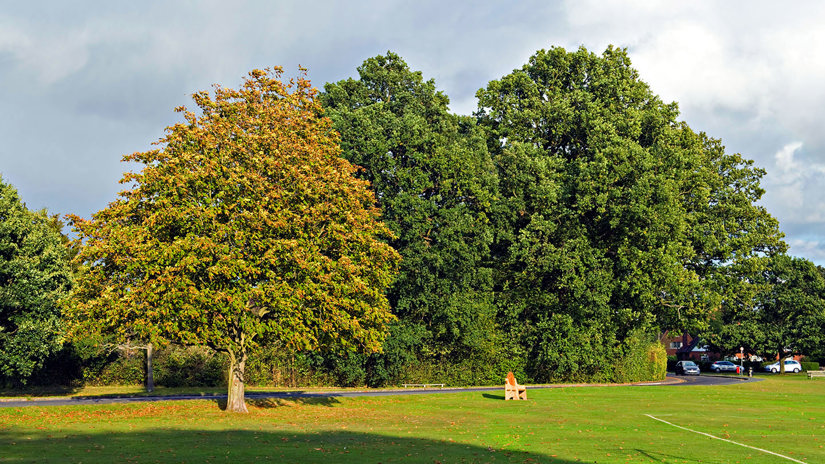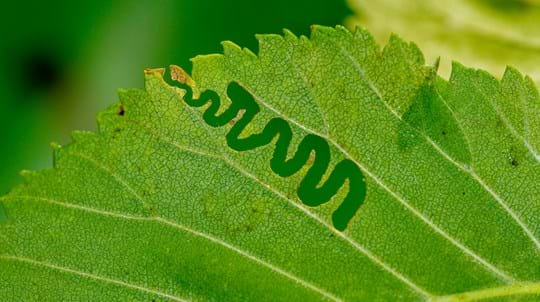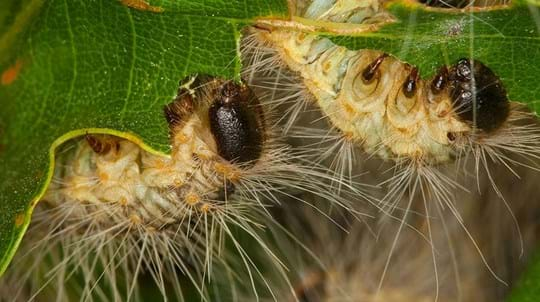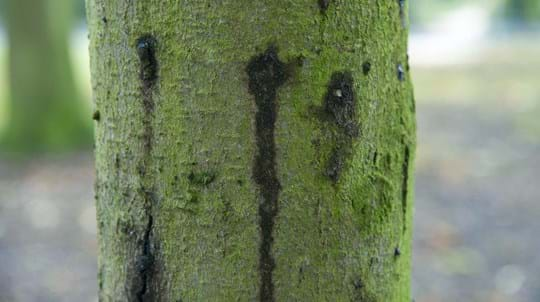
Credit: Heiko Küverling / Alamy Stock Photo
Where have the Asian and citrus longhorn beetles impacted?
These beetles aren't present in the UK at the moment. There was an outbreak of Asian longhorn beetles in the UK in 2012, but it was eradicated and there have been no cases of the citrus longhorn beetle reported.
Globally, both species have spread from Southeast Asia to Central Europe and North America.










